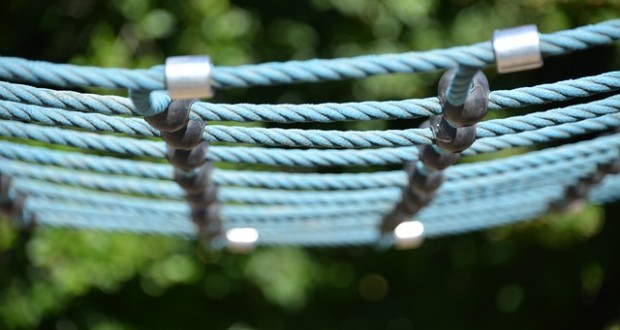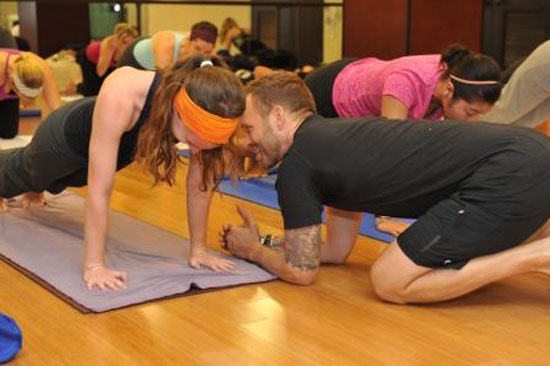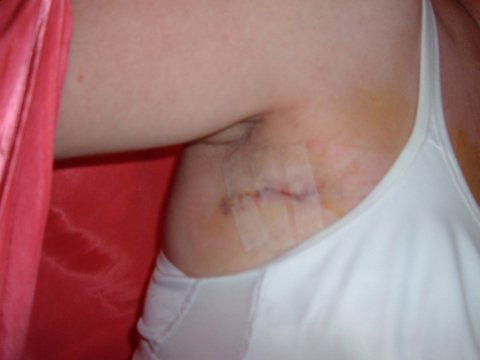Physical activity is any form of exercise or movement of the body that uses energy.

Some of your daily life activities—doing active chores around the house, yard work, walking the dog—are examples. To get the health benefits of physical activity, include activities that make you breathe harder and make your heart and blood vessels healthier. These aerobic activities include things like brisk walking, running, dancing, swimming, and playing basketball. Also include strengthening activities to make your muscles stronger, like push-ups and lifting weights.
Did you know?
- Some activity is better than none.
- The more you do, the greater the health benefits and the better you’ll feel.
The good news?
People of all types, shapes, sizes, and abilities can benefit from being physically active. If you have a disability, choose activities that work for you. Talk with your health care team about the amount and types of activities that are right for your ability or condition
Part 1. Getting Started
Thinking about adding physical activity to your life, but not sure how to get started? Sometimes taking the first step is the hardest part. If you have not been active in some time, start at a comfortable level and add a little more activity as you go along. Some people find that getting active with a friend makes it easier to get started.
Is something holding you back?
Think about reasons why you have not been physically active. Then try to come up with some ways to get past what is keeping you from getting active.
Have you said to yourself . . . ?
I haven’t been active in a very long time.
Solution: Choose something you like to do. Many people find walking helps them get started. Before you know it, you will be doing more each day.
I don’t have the time.
Solution: Start with 10-minute chunks of time a couple of days a week. Walk during a break. Dance in the living room to your favorite music. It all adds up.
It costs too much.
Solution: You don’t have to join a health club or buy fancy equipment to be active. Play tag with your kids. Walk briskly with your dog for 10 minutes or more.
Did you know?
-When you are not physically active, you are more likely to:
- Get heart disease
- Get type 2 diabetes
- Have high blood pressure
- Have high blood cholesterol
- Have a stroke
Build up over time Start by doing what you can, and then look for ways to do more. If you have not been active for a while, start out slowly. After several weeks or months, build up your activities—do them longer and more often. Walking is one way to add physical activity to your life. When you first start, walk 10 minutes a day on a few days during the first couple of weeks. Add more time and days. Walk a little longer. Try 15 minutes instead of 10 minutes. Then walk on more days a week. Pick up the pace. Once this is easy to do, try walking faster. Keep up your brisk walking for a couple of months. You might want to add biking on the weekends for variety.
How much physical activity do you need each week?
Advice to follow:
Aerobic
• Adults should get at least 2 hours and 30 minutes each week of aerobic physical activity that requires moderate effort.
• You need to do this type of activity for at least 10 minutes at a time. Strengthening
• Adults should also do strengthening activities at least 2 days a week.
• Strengthening activities include push-ups, sit-ups and lifting weights (see page 7 for more ideas on what activities to do, how much, and how often).
Do it your way.
• Pick an activity you like and one that fits into your life.
• Find the time that works best for you.
• Be active with friends and family. Having a support network can help you keep up with your program.
• There are many ways to build the right amount of activity into your life. Every little bit adds up and doing something is better than doing nothing.




















